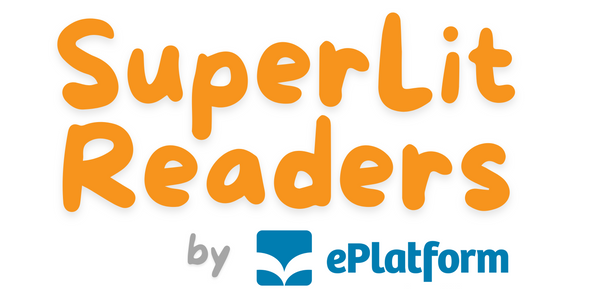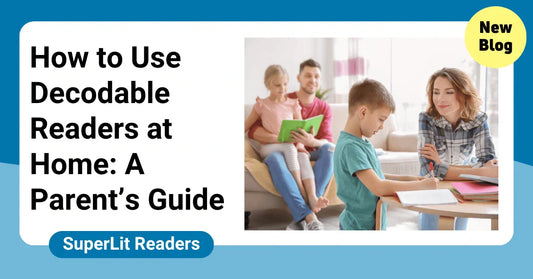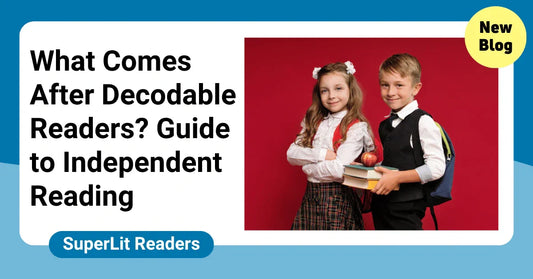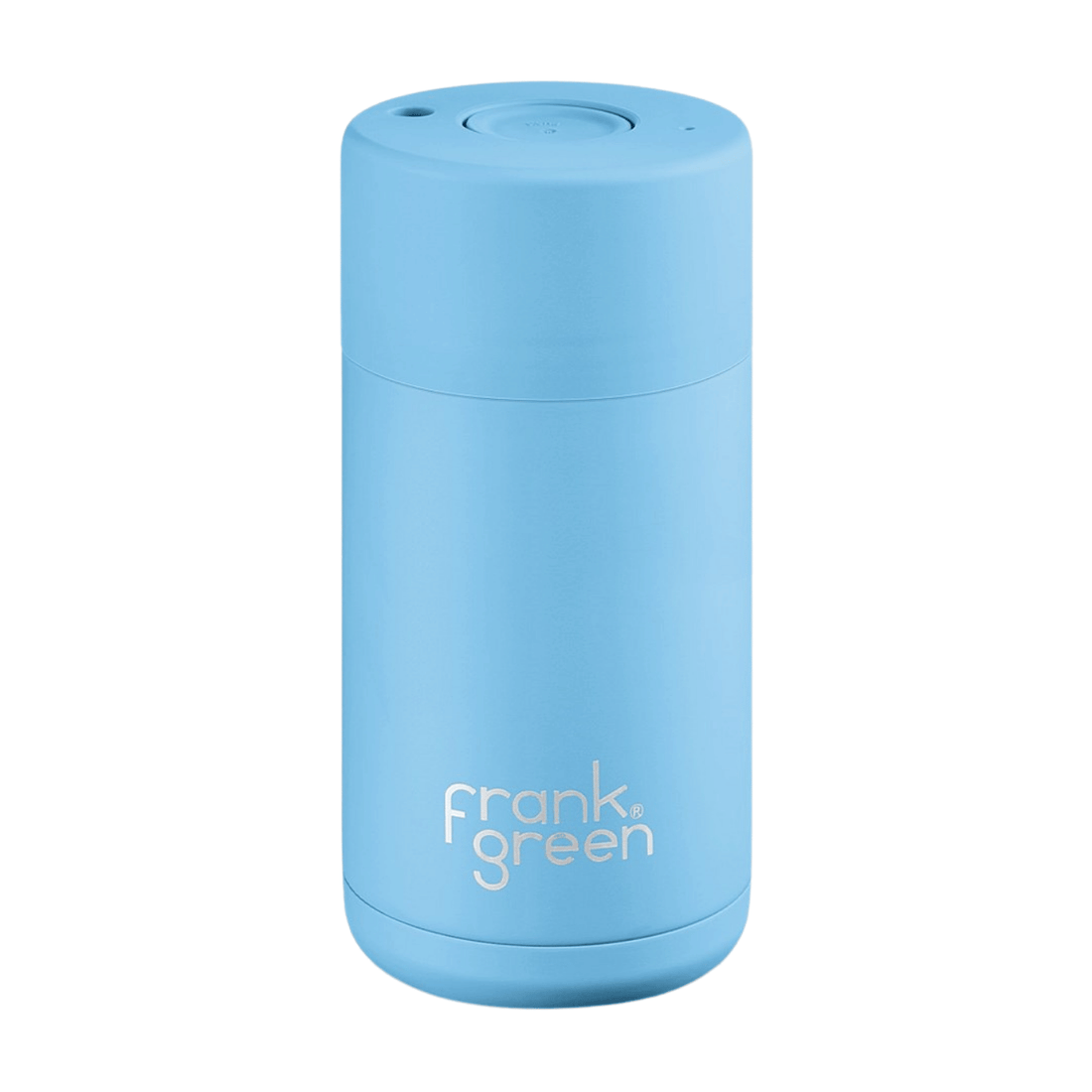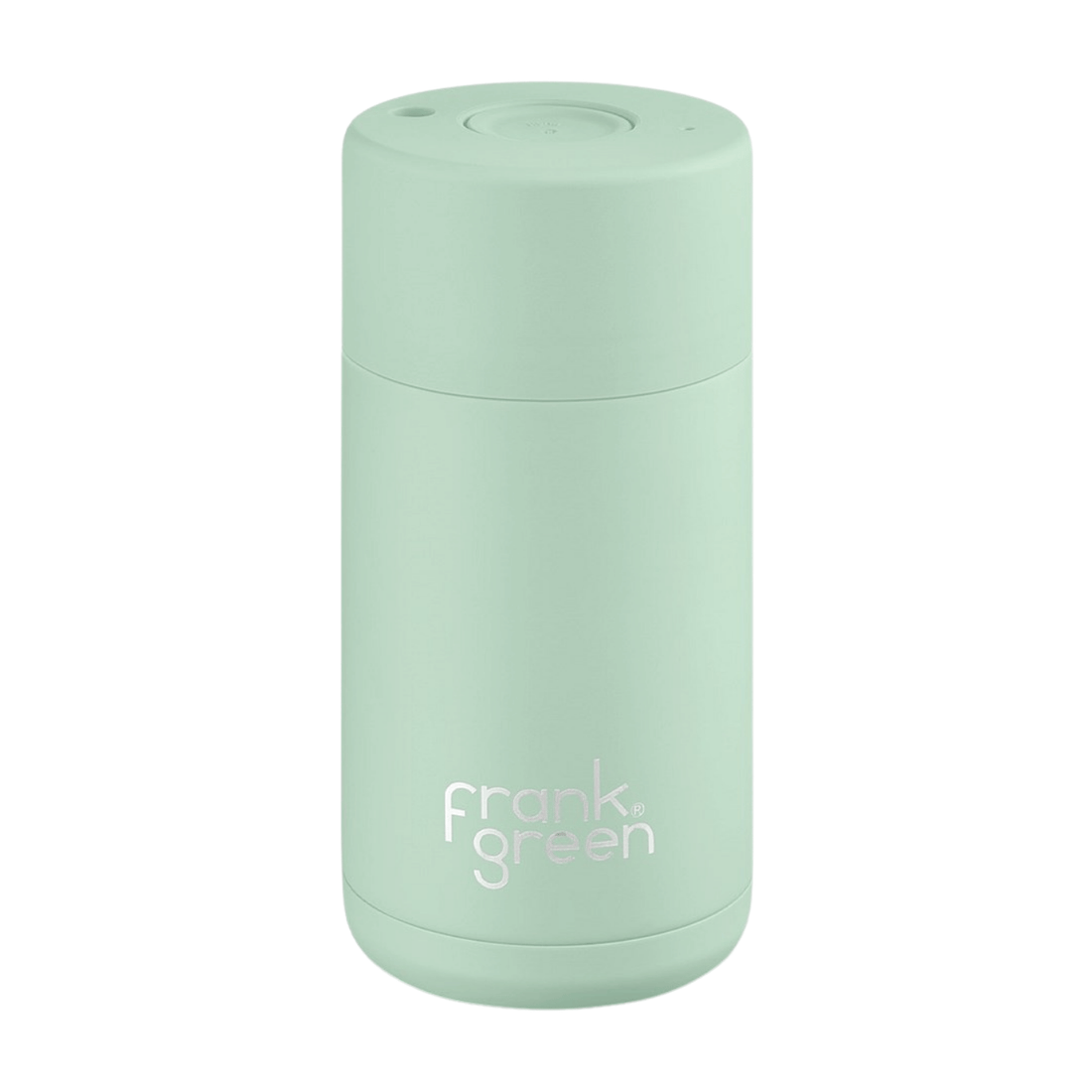Fiction vs Non-Fiction Decodable Readers
Which Is Better for Early Literacy?
When it comes to decodable books, many educators and parents ask: should I choose fiction or nonfiction decodable readers? The truth is, both have a vital role to play in developing strong, confident readers. In this blog, we’ll explore how fiction and nonfiction decodables support different aspects of literacy, and how to use both strategically within your phonics program.
Table of Contents
- What Are Decodable Readers?
- Benefits of Fiction Decodable Readers
- Benefits of Nonfiction Decodable Readers
- When to Use Fiction vs Nonfiction
- How SuperLit Readers Use Both
- Final Thoughts

1. What Are Decodable Readers?
Decodable readers are books written using only the phonics patterns and sounds a child has already been taught. This allows students to apply decoding strategies independently — without guessing or relying on pictures.
They’re a crucial part of systematic phonics instruction and help reinforce blending, segmenting, and phoneme-grapheme knowledge in real reading situations.
2. Benefits of Fiction Decodable Readers
Fiction decodables are engaging and imaginative — but they’re more than just fun stories. They help students:
- Practice phonics skills in narrative structure
- Build reading stamina with connected text
- Explore characters, dialogue, and plot within a controlled vocabulary
- Develop early comprehension and inference skills
These stories often feature humor, repetition, and relatable themes, which can increase student motivation and enjoyment.
3. Benefits of Nonfiction Decodable Readers
Nonfiction decodables expose readers to the real world — all while reinforcing the same phonics patterns. They are powerful tools for:
- Building background knowledge and subject vocabulary
- Introducing basic informational text features (e.g. captions, diagrams)
- Supporting comprehension of facts and key ideas
- Engaging students who are curious about science, history, or nature
They also align with the Science of Reading’s emphasis on developing both decoding and knowledge-building in tandem. Learn more about the Science of Reading.
4. When to Use Fiction vs Nonfiction
There’s no need to choose one over the other — both types of texts serve unique and complementary purposes. Here’s when each might be most useful:
| Use Fiction Decodables to: | Use Nonfiction Decodables to: |
|---|---|
| Introduce new phonics skills with relatable characters | Build content knowledge in science, history, or geography |
| Reinforce story structure and sequencing | Explore text features and informational comprehension |
| Keep reluctant readers engaged through humor or dialogue | Support factual reading, summarising, and retelling |
5. How SuperLit Readers Use Both
SuperLit Readers includes fiction and nonfiction titles at every level — from beginner to independent. This ensures children are exposed to both text types as their skills grow.
- Fiction readers offer fun, imaginative stories that reinforce phonics skills while developing comprehension and vocabulary.
- Nonfiction readers introduce facts, topics, and real-world knowledge using decodable language aligned with the same scope and sequence.
Teachers can alternate or group books based on themes, skills, or student interest — without compromising on phonics progression.
6. Final Thoughts
Both fiction and nonfiction decodable readers are essential tools for teaching reading with phonics. By offering a balance of both, educators and families can support decoding, comprehension, and engagement — all at once.
📘 Ready to get started? Explore our fiction and non-fiction bundles
🧠 Need a teaching roadmap? Download our phonics Scope and Sequence
🎯 Want to learn more about Phonics? SuperLit Readers Blog
— Happy Reading!
